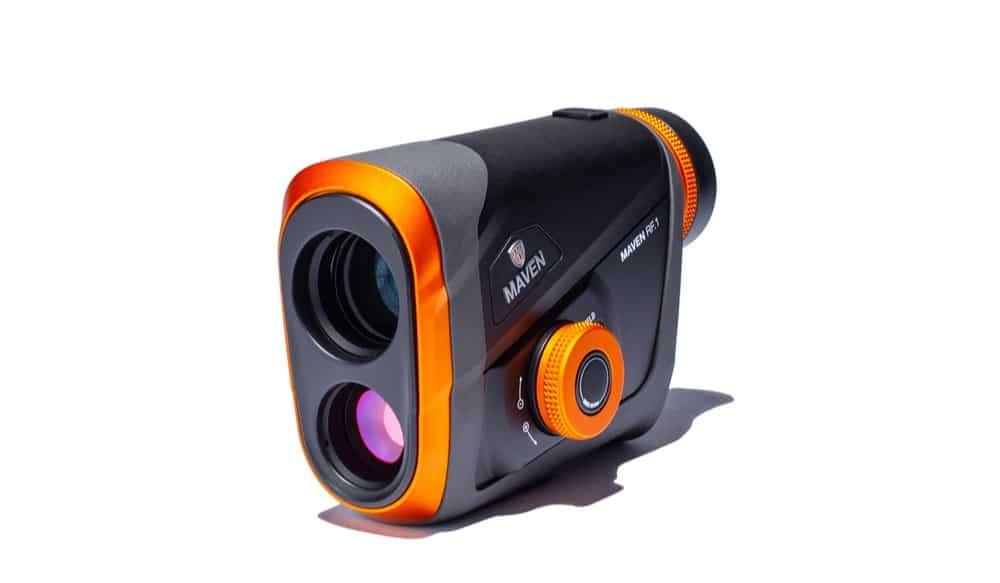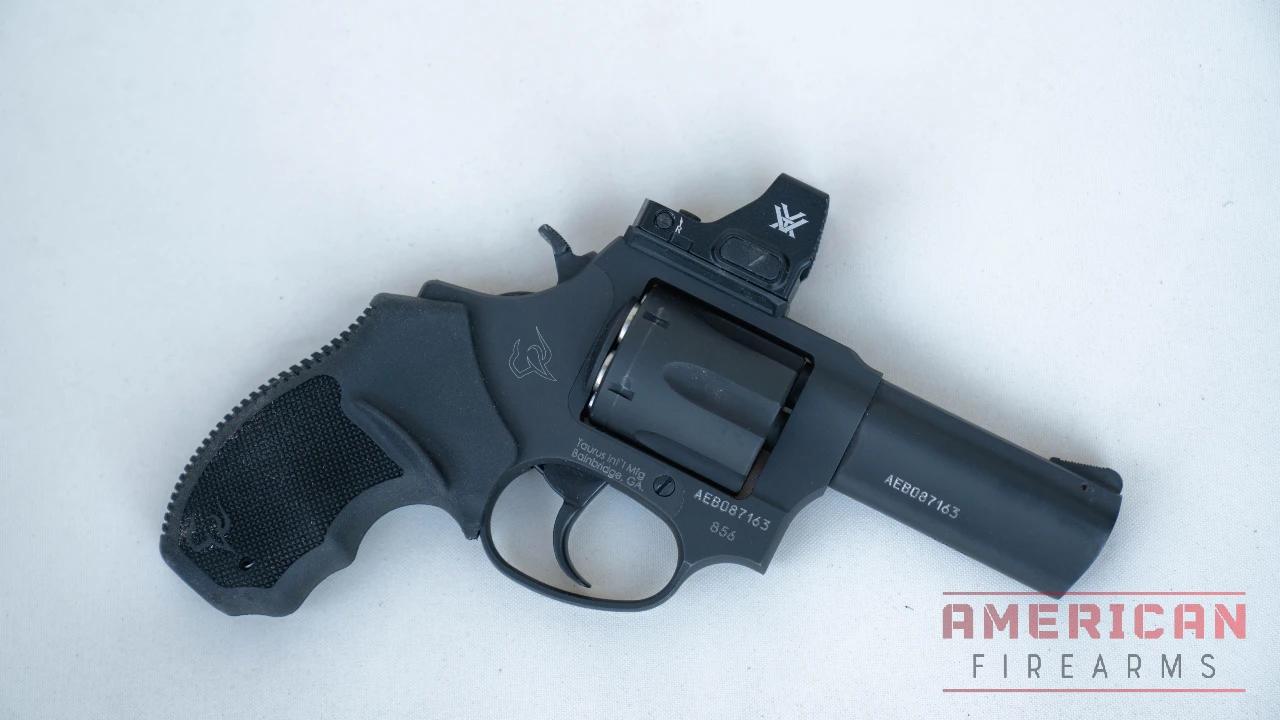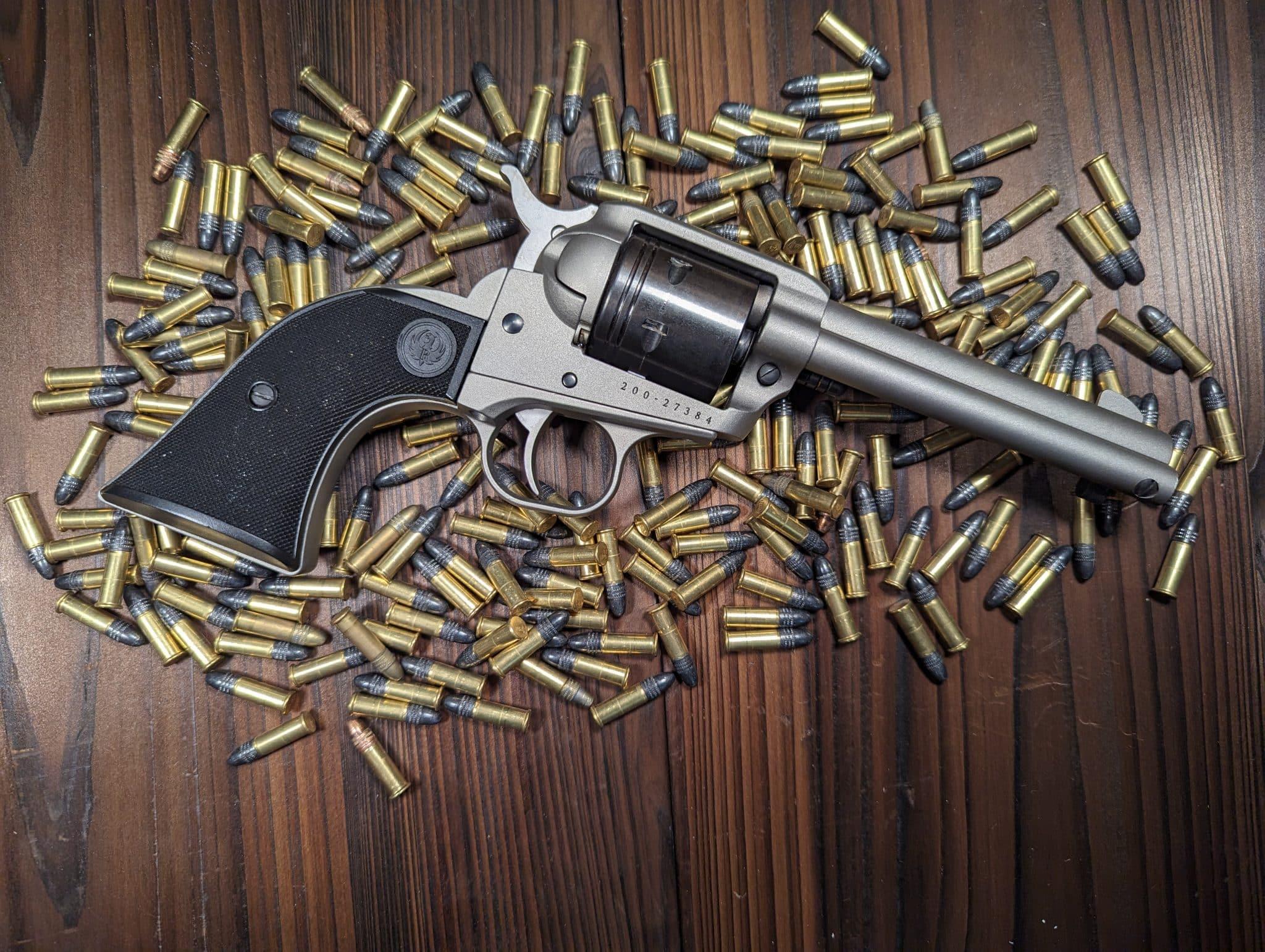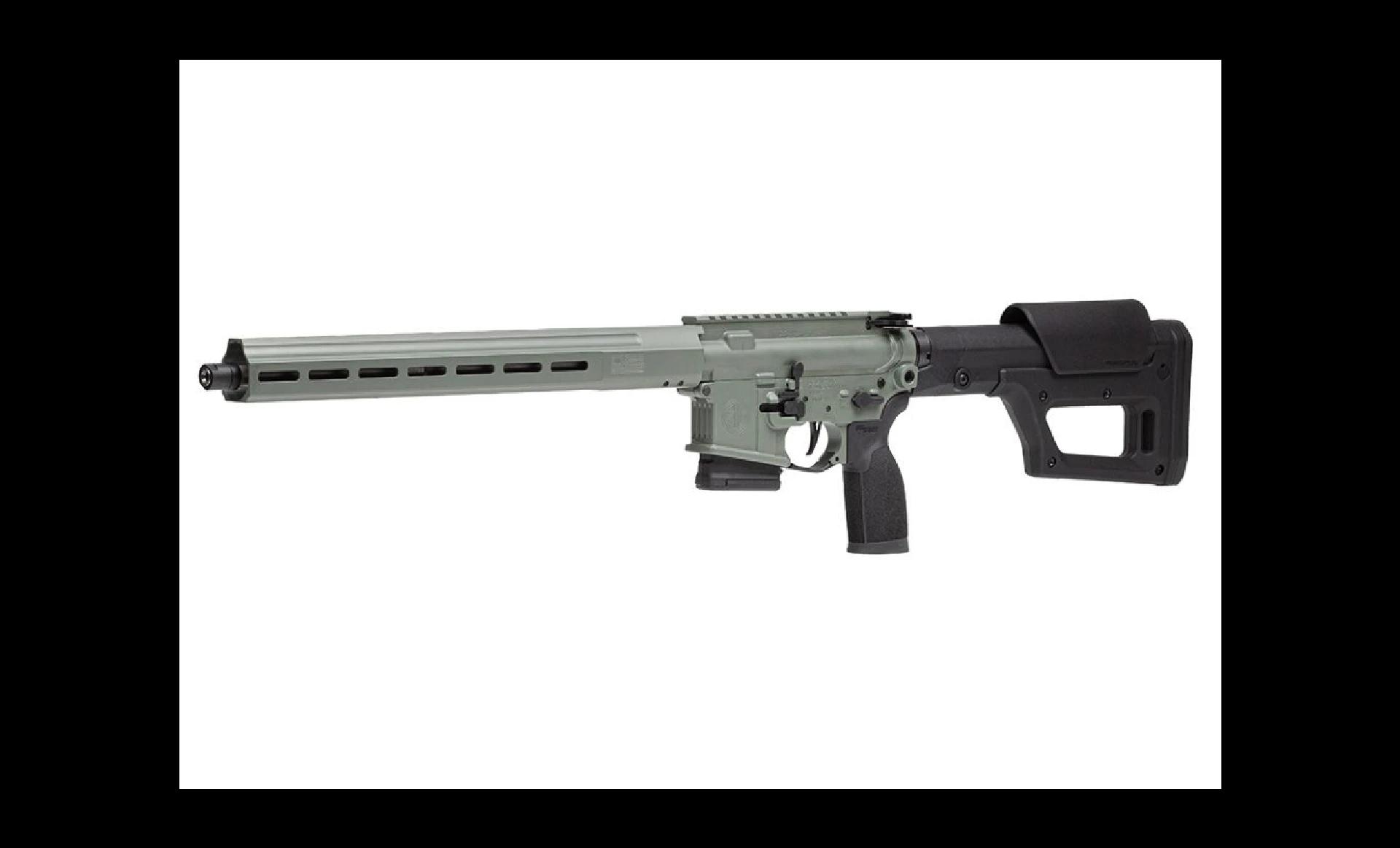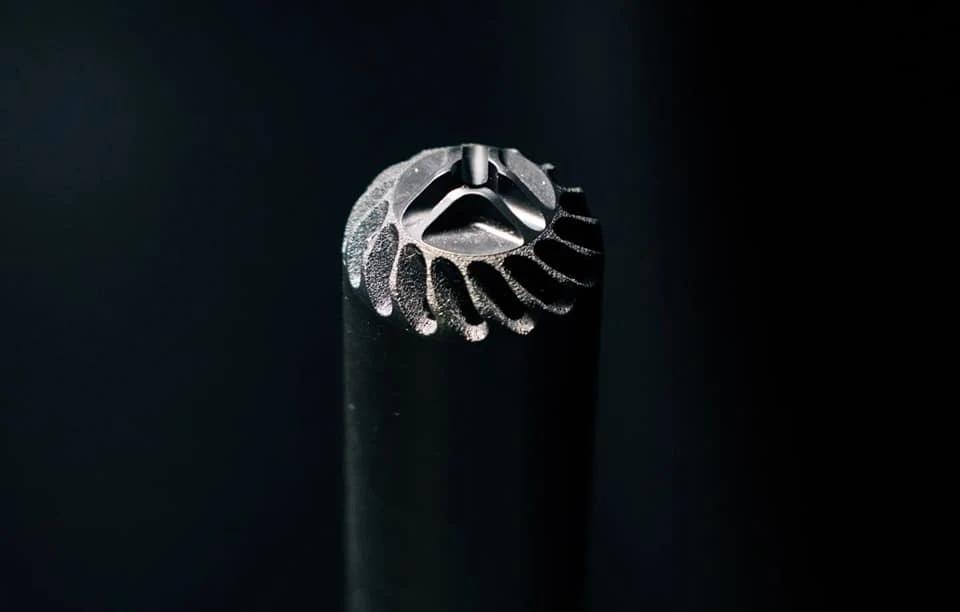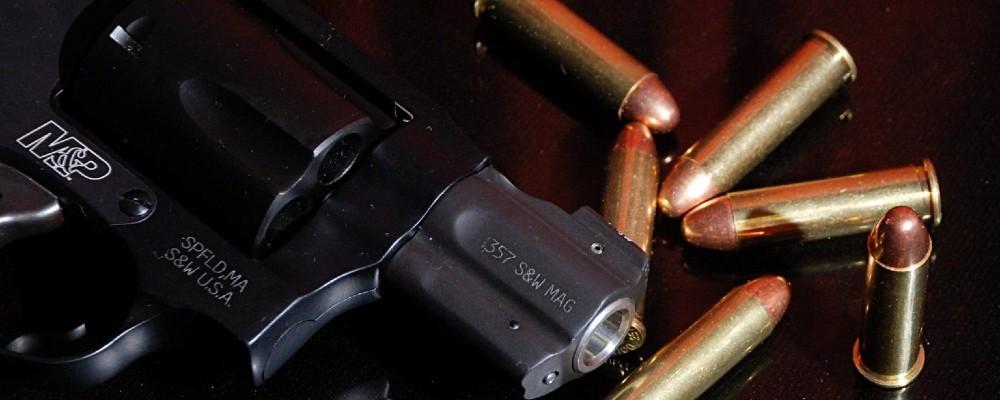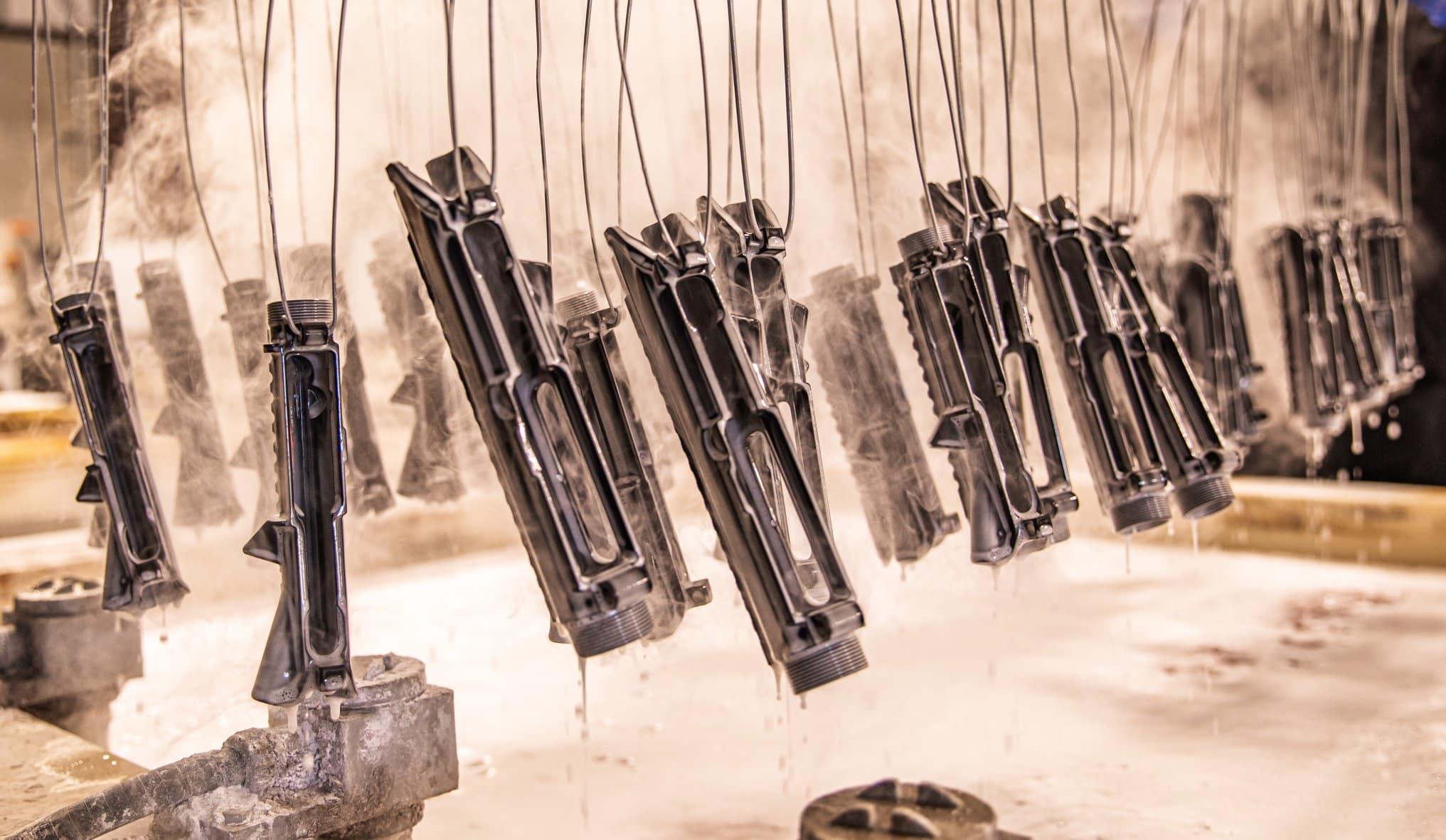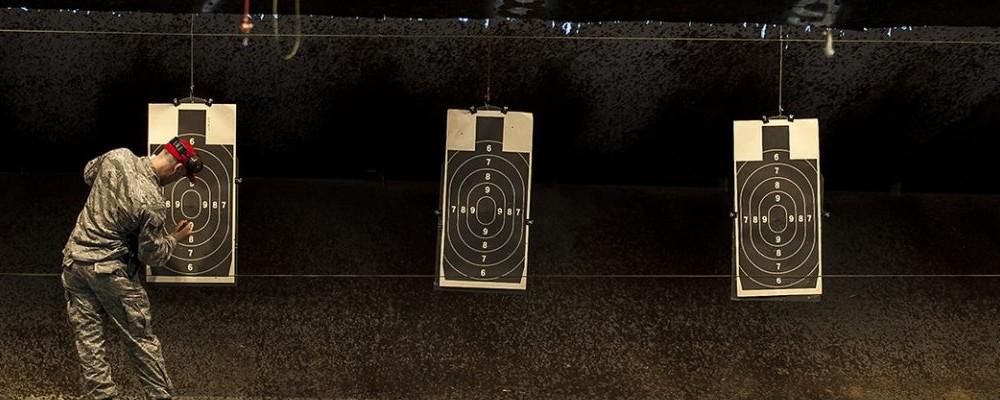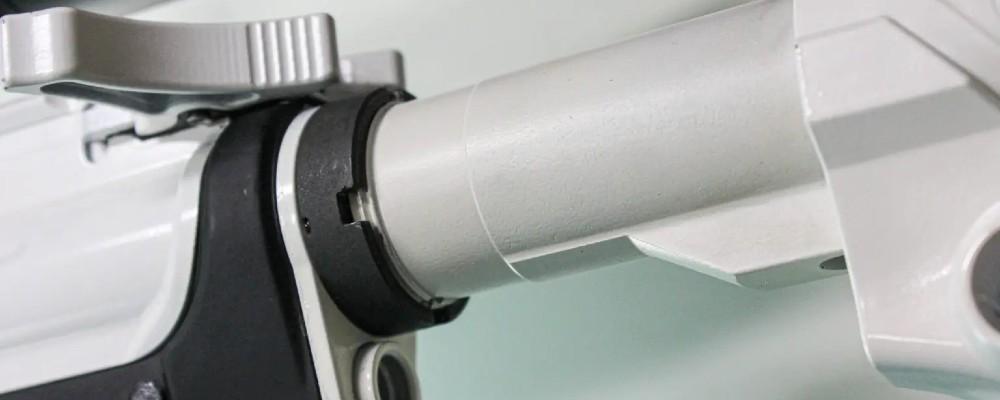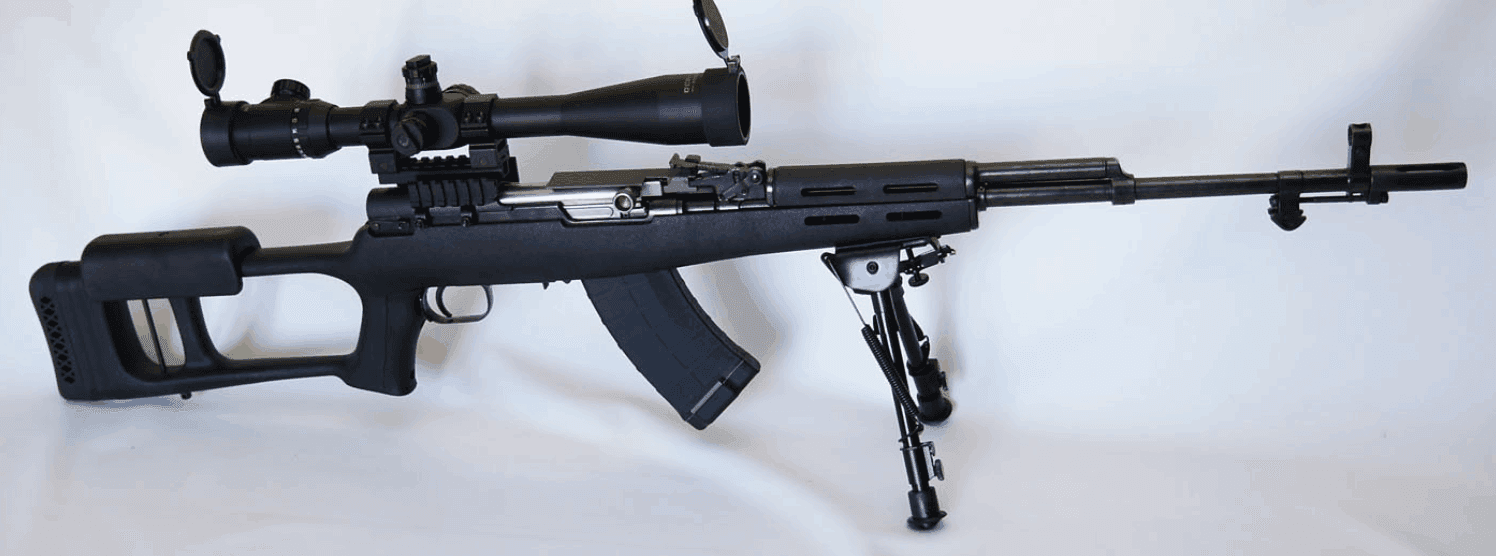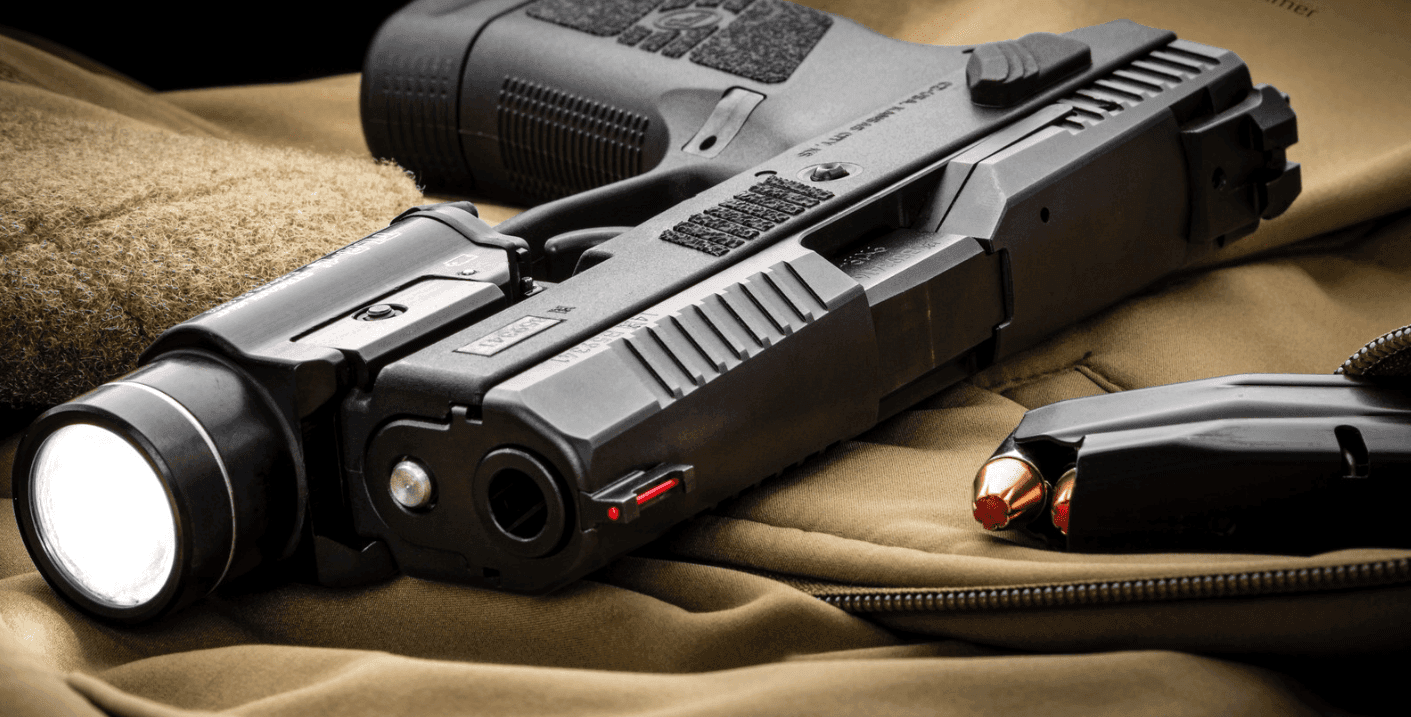Best Hunting Rangefinders: An Essential Tool For A Winning Hunt
Written By
Michael Crites
Licensed Concealed Carry Holder
Reviewed by
Editorial Team
Learn About The Editorial Team
Share:
Products are selected by our editors. We may earn a commission on purchases from a link. How we select gear.

Updated
Sep 2023
The need for determining a target’s range is as old as warfare itself. Artillerymen manning cannons, ballistas, and other siege weapons had to define the distances to their targets, or risk injuring or killing friendly forces.
This process of triangulating the distance to a specific point used basic trigonometry to determine the angles, and when paired with old-school measuring devices of the day – such as the graphometer – allowed these long-range weapons to get on target more often than not.
Of course, nobody wants to break out their high school math books at the range, and thanks to continued improvements in technology quality laser rangefinders have become both reasonably priced and surprisingly easy to use, allowing anyone to take their long-range shooting to the next level.
Whether it’s in the field hunting or at the range trying to hit steel at a new personal best, employing a top rangefinder will make a difference in the way you shoot.
In This Article
Rangefinder Comparison
| Name | Selection | Maximum Range |
|---|---|---|
Best Overall | 4,500 Yards | |
Runner-Up | 4,000 Yards | |
Also Great | 3,400 Yards | |
Best Package Deal | 3,400 Yards | |
Also Great | 2,800 yards | |
Sub-2,000 Yard Pick | 1,300 yards | |
Digital Rangefinder Pick | 800 Yards |
Rangefinder Recommendations
1. Best Overall: Maven Optics RF.1 Rangefinder
Few rangefinders have impressed me like the Maven RF.1. For the price it’s really in a league of its own.
Maven uses a direct-to-consumer model that eliminates the traditional retail markup you find with other brands that rely on retailers to reach the end customer. That focus on direct sales means they can pack a lot into a $450 rangefinder.
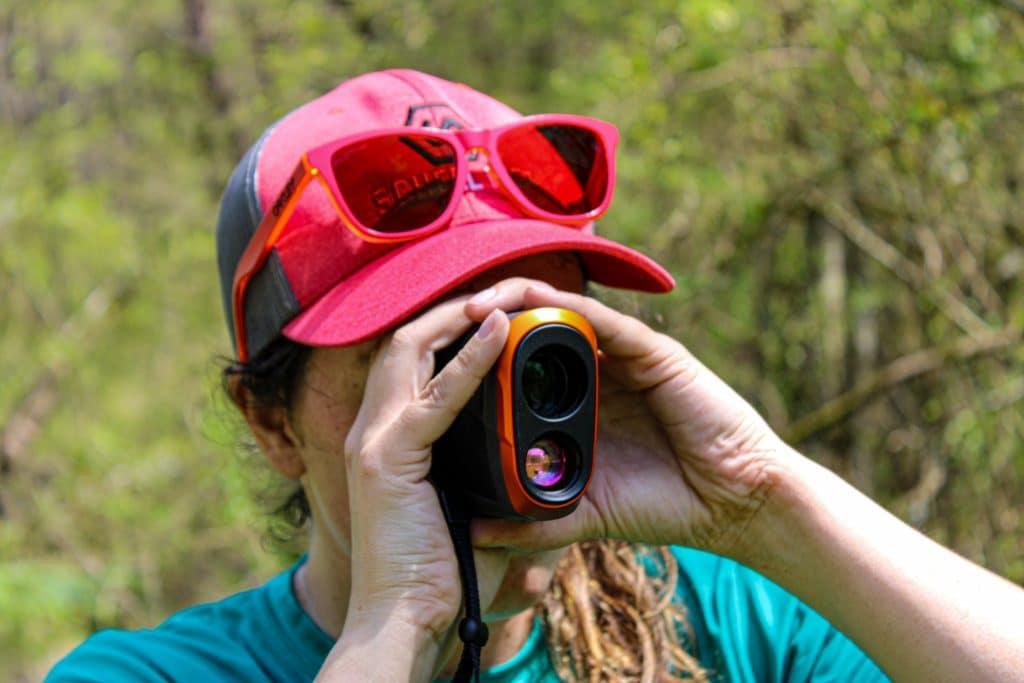
One of my favorite things about the RF.1 is its unique range modes; field mode and forest mode, which can easily be activated by a pivoting switch, making it easy to switch between the two modes on the fly.
Field Mode is designed for ranging when you may have larger objects in the background. It reads the distance of closer, less reflective targets (like the dark body of a deer) and ignores reflective objects in the distance, like big bushy trees.
Forest Mode does the opposite — it ignores both foreground objects, allowing you to range for the furthest item in the distance the laser beam can read, which is helpful if you’re using a shooting lane flanked by snowy branches or other obstacles that can get between you and your intended target. The waterproof rangefinder is also silent, which everyone from rifle to archery hunters will appreciate.
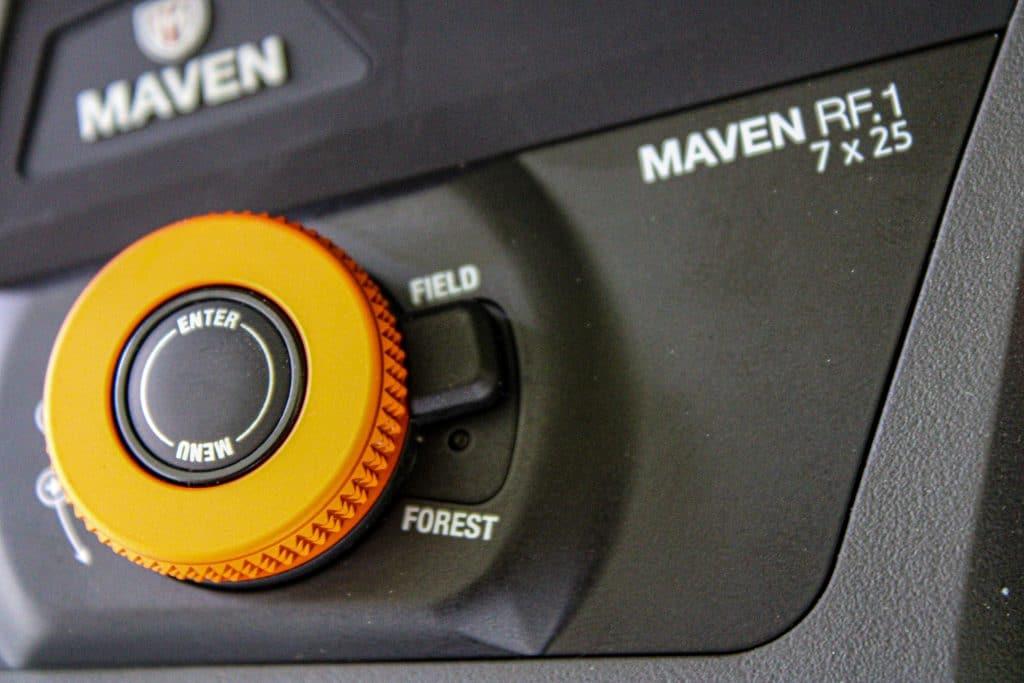
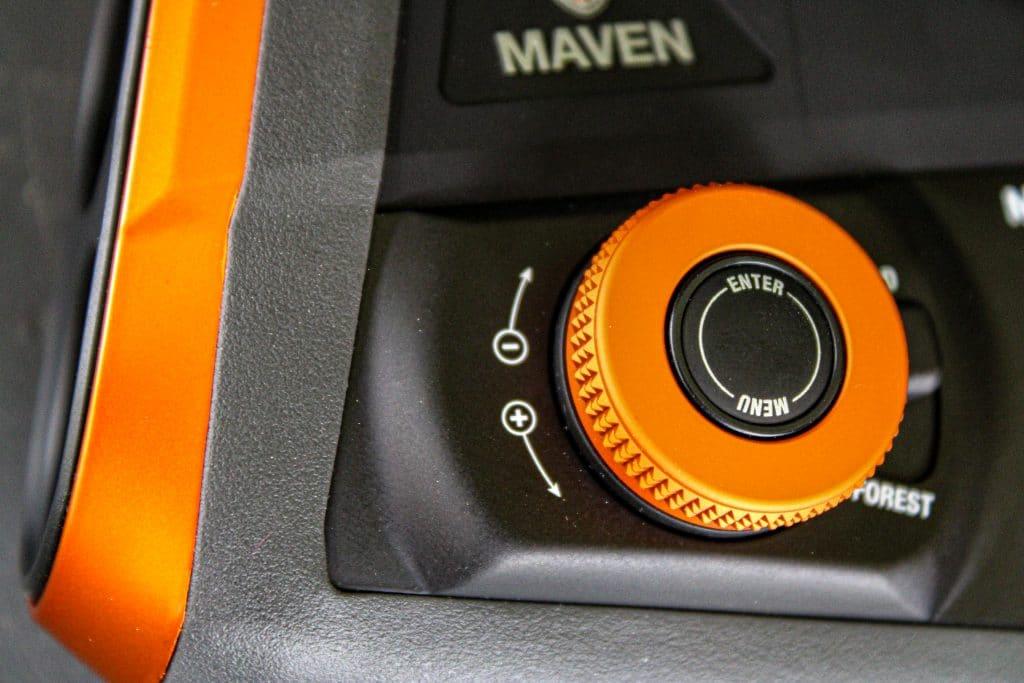
Beyond the flexible presets, the RF.1 gives you 4,500 yards of distance and a 7x zoom on a 25mm objective lens diameter with angle range compensation. The acquisition times lived up to the claimed quarter-second distance readings, and I was impressed with how quickly I could get precise yardage with the Maven.
I could easily snap distances at a few hundred yards and well beyond 500 yards; I continued to get quick readings on targets of all kinds in both direct sun and low light conditions. I felt like I was getting maximum light transmission and could consistently make accurate shots on steel, paper, and gongs.
The RF.1 an impressively reliable rangefinder that is my constant range companion these days. For hunts, distance shooting, or simply to fulfill the need for a quality rangefinder, the RF.1 ticks all the right boxes.

2. Runner-Up: Vortex Optics Razor 4000
undefined
For ambitious long-range shooting, the Vortex Optics Razor 4000 is hard to beat. With a range of up to 4,000 yards on highly reflective surfaces, such as a white-painted steel target, you can stretch your precision shooting goals considerably.
While the effective range is about half that for deer and live targets, a 2,200-yard read on a deer will allow you to track and range it from more than a mile away.
This model has an angle compensating mode for situations like mountainous hunting where you’re shooting up or down hills or other slopes. It’s also waterproof and can be mounted on a tripod, making this an excellent and flexible option for serious shooters.
3. Also Great: Sig Sauer Kilo 2400
undefined
If you already have a scope, especially one of Sig’s Sierra 3 models, buying the rangefinder as a standalone unit still makes a great deal of sense.
The Kilo 2400 from Sig Sauer gives you up to 3,400 yards of effective range and boasts impressive integration with other Sig products, such as their Sierra3 BDX scopes.
The Kilo 2400 will pass ballistic drop data back to the compatible scopes, giving you real-time ranging data. Adding to that it can also calculate windage if paired with Kestrel wind meters.
You can probably see a theme here: Sig’s recent products are built around a high-tech ecosystem of devices that arm you with what would just a few years ago have been considered sci-fi. All this tech helps you put rounds on target at extended ranges.
4. Best Package Deal: Sig Sierra3 BDX with Kilo1800
undefined
If you’re reading this, and are on the hunt for both a new scope and rangefinder, this bundle from Sig presents remarkable value for money. Sig’s line of scopes integrates with their rangefinders, offering a fantastic feature that will send the correct bullet holdover from your rangefinder to your scope.
That means that all you have to do is set it up, and it will pass the appropriate hold to your rifle.
5. Also Great: Leupold RX2800
undefined
For near pinpoint accuracy at moderate ranges, this option from Leupold is the way to go. Out to 2,800 yards, Leupold’s RX2800 gives you accurate readings within half a yard. Leupold’s products are legendarily rugged, and this rangefinder is no different.
The housing is rubberized and waterproof, keeping out dirt, water, and debris, which makes this unit a good choice to take into the field when you think things might get damp.
6. Sub-2,000 Yard Pick: Bushnell Pro XE
undefined
If you both hunt and working on your golf handicap, the Bushnell Pro XE is worth your consideration.
This golf rangefinder by Bushnell is a high quality option that has a 7x magnification and will work out to 500 yards. It’s waterproof, which every hunter appreciates, and even has a magnetic golf cart mount and divet tool.
It might not be the fanciest ballistic computer on the planet, but if you’re also a golfer, the Bushnell Pro XE can certainly pull double duty.
7. Digital Rangefinder Pick: Steiner Optics ICS
If money is no issue (and the risk of offering up something with far too many features for your average hunter) this integrated ranging sight by Steiner Optics is Uncle Sam approved kit.
This is no budget rangefinder, but rather an excellent combat sight with a laser rangefinder and an integrated ballistic computer.
What it is not, however, is cheap.
Once you set up the correct caliber, this intelligent sight will gather data and move the reticle to the point of impact of the round. Ths Steiner Combat Sight gives you a glimpse into the direction of next-generation combat optics — integrating powerful technology directly into the sight itself and automating both rangefinding and shot placement. Impressive stuff!
Why use a rangefinder for hunting?
Before you start fiddling with elevation or windage compensation dials, you must define the exact distance to the target. There are few methods more effective than employing a laser rangefinder.
That said, even without a hunting rangefinder there are certain key features for ranging an animal with a standard rifle scope and duplex reticle.
For example, some reticles use the body of a deer for their 100-yard calibration, which works out to about 18 inches at 100 yards (on average).
If, when looking through the scope, the deer rests within the space between the crosshair and picket, it’s about 100 yards out. If that space is twice the length of the deer, your target is 200 yards out, etc.
Laser range finder aren’t required, but they are powerful tools and, ultimately, the most accurate means of defining the distance between you and your target for an accurate shot.
Rangefinders can be used in a variety of settings and pursuits. For rifle hunters ranging on the hunt, it can be tough to determine if a deer is 600 yards away, 800 yards, or 1,000. Unless the deer in your area walk around on well-marked ranges, establishing the difference will always be a challenge. Being able to accurately range means eliminating miscalculations that can mean a missed shot.
The same holds true with optics – your 6x magnification scope probably has mil dots or another reticle that you can use to measure distances, but those measurements are both imprecise and error-prone, to say the least. Those sighting systems were largely designed for man-sized targets in military settings, which prioritizes quick responses over precision shooting.
There are two main applications for the rangefinders, which support one another.
The first is at the range. With a laser rangefinder at your side, you’ll be able to see precisely how your rifle shoots at various distances in various conditions. This means that you’ll have a good idea of the effective maximum range at which you can consistently make good shots. In the context of long-range shooting, competition in particular, this information can be used to sharpen your training and improve your performance.
With this information the landscape of rifle hunting becomes even more detailed. If you hunt from a static position, a rangefinder allows you to take precise distance measurements of objects in your environment, helping you prepare for the arrival of a buck from any direction. For example, a colorful tree at 100 yards, a rock face at 250, and so on. That way, when your prey comes into view, you can work from one of those references and make a good shot more quickly.
For added precision, many of these rangefinders can be shone directly at the game animal for pinpoint measurements that you can use to increase the likelihood of a clean, ethical kill.
Overall, laser rangefinders are excellent data gathering tools – and more data is another tool in your kit to make you a better shooter.
What to look for in a Rangefinder
In the same way you buy a rifle for your scope, hunting rangefinders aren’t the place in your toolkit to skimp and save some money. Not only will it cost you durability and features, but lower-quality rangefinders aren’t going to be as capable of dealing with the rough and tumble of the hunt.
Clear Glass
The whole point of a rangefinder is to ensure you can determine the distance to your target. If you can’t see your target at the ranged distance, there’s no way to know if the established range reflects your intended target or a tree in the background. accurate ranging requires a clear view of your target, which means clear, high-quality glass.
A big objective lens will also help pack as much light into the viewport as possible and brighten images in the distance.
Warranty
In short, even a basic rangefinder should offer a multi-year warranty (or lifetime warranty if you can find it). If a company is willing to back its product through multiple seasons, it is more than likely worth your money. And even if that unit is, in fact, a lemon, you will have some recourse.
Weather Resistance
At the range, we get to choose (to some degree) our shooting conditions. This isn’t the case in the field – and T.R. once said the best predictor of rain is taking a day off to go hunting. So, look for a rangefinder that’s weather-resistant – which means water & fog. Keeping the water out will protect the electronics, and preventing fog will keep it useful regardless of the temperature or precipitation.

A Decent Case
Similarly, these are specialty tools that will spend most of their life stored in a range bag or jostling around in a field backpack, so a high-quality carrying case is actually quite useful for protecting your investment. If it can be attached to a pack to keep things organized, all the better.
Technical Bits
As far as the more technical features go, units that have LCD displays give you data nearly instantly. Some advanced models sync to a smartphone via an app, but when it’s raining you may or may not want to fiddle with your phone.
Another nice touch is adjustable display brightness to accommodate variable lighting conditions. Even the most exact range measurement doesn’t do you much good if the display is too bright to read or blows your low light vision in dark or foggy conditions. Angle compensation mode is also a fantastic way to get an accurate read on true shooting distances if you spend a lot of time in the mountains, shooting at angles at or above 45-degrees.
Features you might not need
One note on feature bloat – there are a lot of rangefinders in the market, and some have interesting tips, tricks, and data features that you may or may not need. Start your research by taking stock of how you plan on using your rangefinder.
For instance, if you don’t need or want a full-on ballistic computer to hunt deer: all that extra power means more weight to carry.
On the other hand, if we’re going for a 1000-yard shot, all that data is vitally important.
The same thing applies with maximum distance — you may or may not need a 4,000-yard ranging distance, depending on your hunting style.
Right-sizing the product to your needs will save you money at the end of the day.
How Rangefinders Work
To understand how a laser rangefinder works, we have to look a little further back historically to radar tech. Radar, and its cousin sonar, work by bouncing an electronic signal of some kind to measure distance and speed.
Don’t take our word for it. Just ask Mr. Wizard.
In the case of radar, a radio wave of a known frequency is sent out from an emitter, usually inside of a dish. That wave then bounces off of a surface, say BF109 crossing the English Channel, and returns to the emitter. Since the frequency of the wave is known, so is the speed at which it travels through the air. So, through some quick math, the radar operator can estimate the position of a given object. If the operator gets two pings from the same object, the distance between the ping locations can determine speed.
Laser rangefinders work the same way. A laser is emitted from the rangefinder and is then bounced back. It being a laser, there are several advantages over radar. First, these units are small – you no longer need an installation the size of a warehouse to get an accurate reading. Second, that diminutive size means they’re incredibly portable – you can carry a laser rangefinder around your neck on a lanyard deep into your backwoods trek.
The clever bits to modern rangefinders are in the built-in technology. You could, with pen and paper in hand, do the math if the rangefinder spat out the raw angular data. But, given that computers are much smaller than they were in the 1940s, modern rangefinders output their data in a precise range, in a matter of seconds. Additionally, most models have features that improve their accuracy – more on that in a moment.
You can think of a rangefinder as something akin to a radar dish, or a police radar gun. Like both of those, they can be rendered useless if the laser is absorbed by the target. With that said, we don’t see deer developing laser-defeating ghillie suits any time soon. If they do, we are all in serious trouble.
Having this much tech in your pocket, you’d think they’d be fragile. But, many modern rangefinders are also more than rugged enough to deal with tough field conditions: their rubber housings and sealed buttons make many of them fog and waterproof in addition to being high tech. As long as you can maintain a line of sight, you can get a range reading.
How accurate are laser rangefinders?
In short, they’re very accurate, but the distance they can measure accurately depends on the target. The clearest reads at the longest distances will be on big, flat, reflective surfaces. Smaller, dimmer items like trees will cut that effective range down considerably, and animals will provide the shortest range of all.
For instance, a sheer rock wall may be accurate at 1,000 yards, while a white-tail will only measure accurately up to 300 yards. This is why practicing with your rangefinder to understand how it reads different surfaces and subjects will help you get better reads — for example measuring the distance to a tree a buck is standing under rather than the buck itself beyond 300 yards.
To help maintain accuracy at extreme ranges, many modern models have two features that improve range data: angle compensation and scan mode.
Angle compensation & scan mode
When you’re looking uphill or downhill (rather than straight at a target) your target may be ranged at 500 yards – but it’s not 500 yards away in terms of your shot. The angle of your shot impacts the bullet path, and needs to be accounted for in your hold. Angle compensating rangefinders will account for the angle of your shot and give you the true shooting distance.
For example, a ranged target at 600 yards sees the true shooting distance drop to 540 yards at a 65-degree angle, and all the way to 450 yards at 75 degrees. You can see how angle compensation can make the difference between a successful hunt and an otherwise long walk in the woods.
The second feature, scan mode, can be used to create a dynamic picture of different objects as you scan downrange. This can be especially useful for mapping out a new range, setting up landmarks for fast follow-on shot adjustments, or ranging a moving target.
The nature of lasers is such that, especially with these features, laser rangefinders are accurate tools to give you the best possible range date. We think they’re an integral part of long-range shooting kits for hunting or target shooting.
More Reading
- Department of Applied Science and Technology, Amelia Carolina Sparavigna, Ancient and modern rangefinders
- military.wikia.org, Rangefinder
- Google Books, Shooter’s Bible Guide to Optics
- Bass Pro Shops, Understanding Shooting-Angle Compensation, Aug 21, 2020
- Marine Corps, Times, Shawn Snow, Marine Corps looks to empower squad leaders with new combat tech, February 5, 2017
- Cover photo
Sign up for our newsletter
Get discounts from top brands and our latest reviews!

